Gallery
Photos from events, contest for the best costume, videos from master classes.
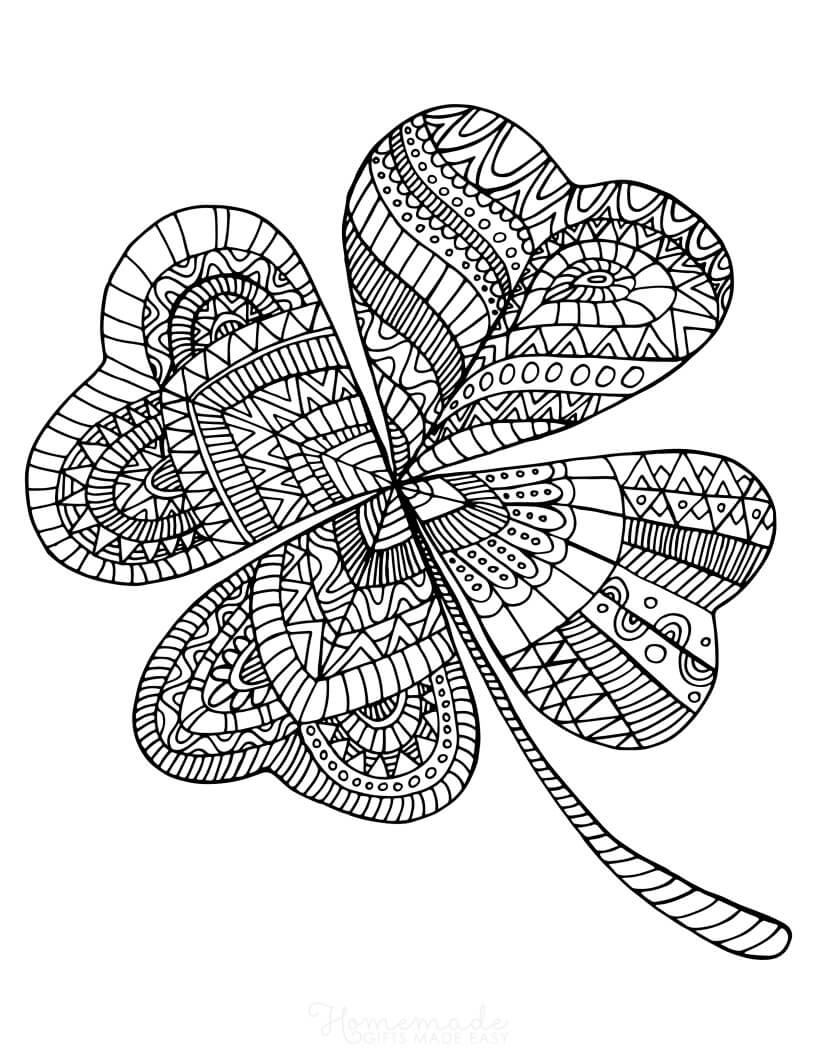 |  |
 |  |
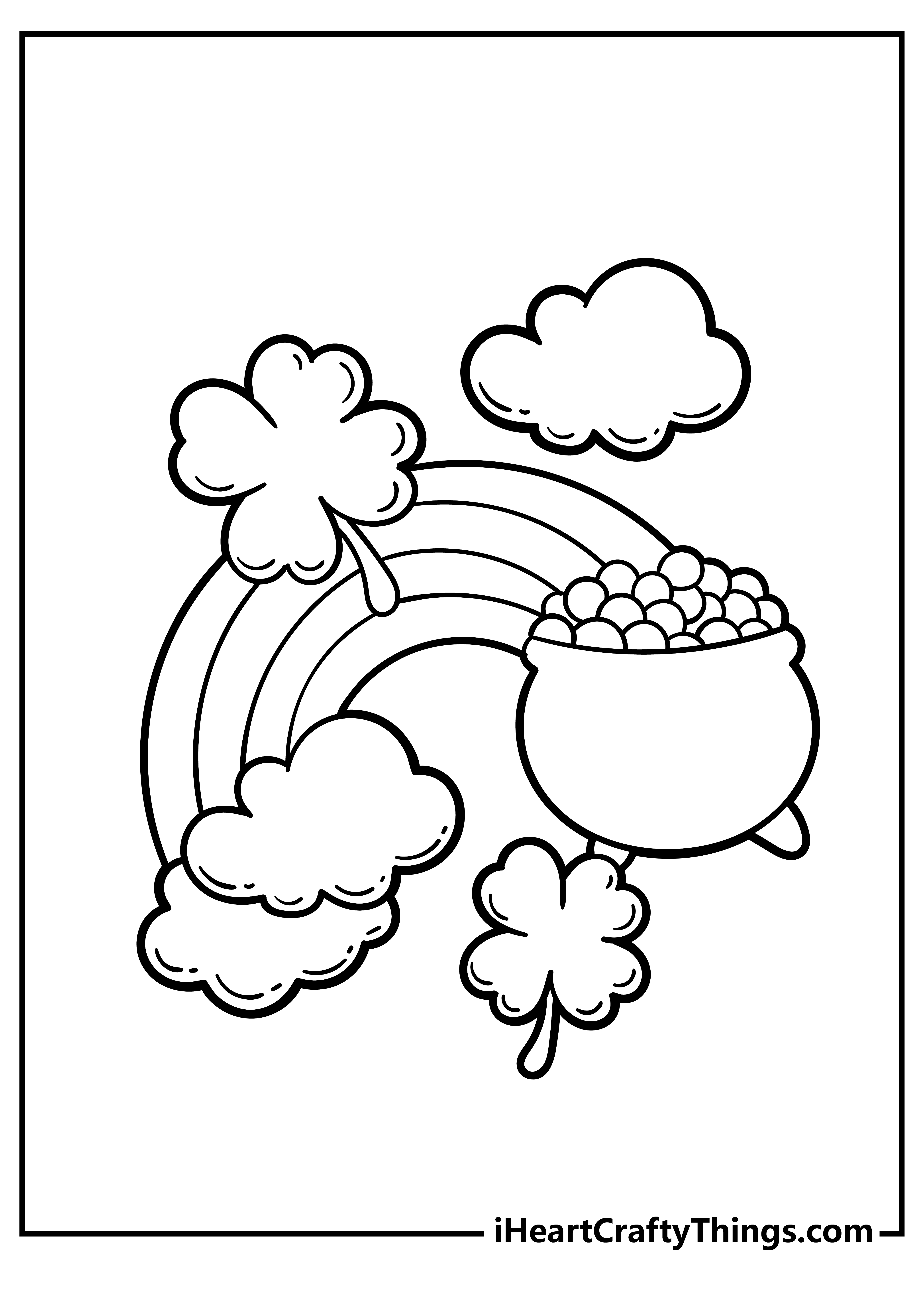 | 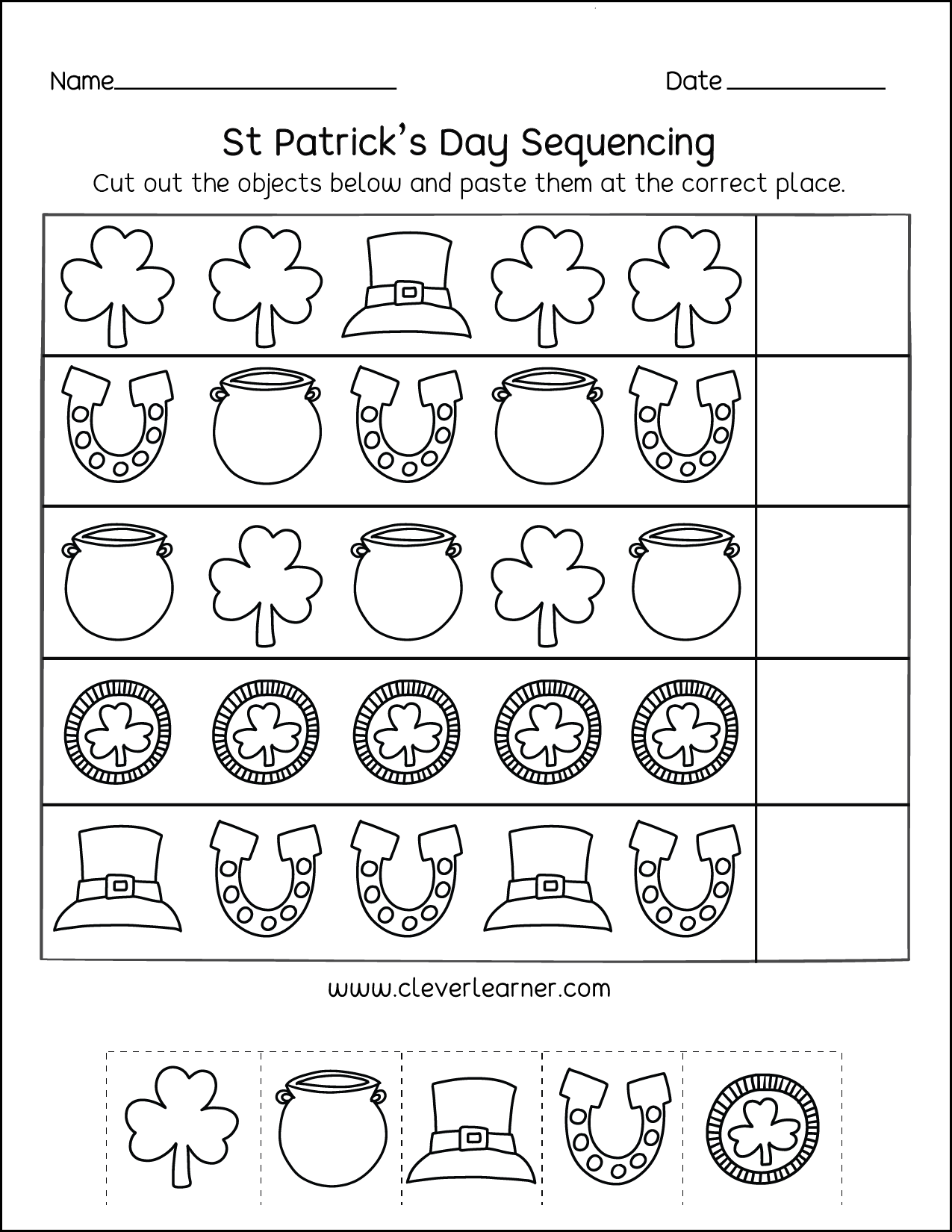 |
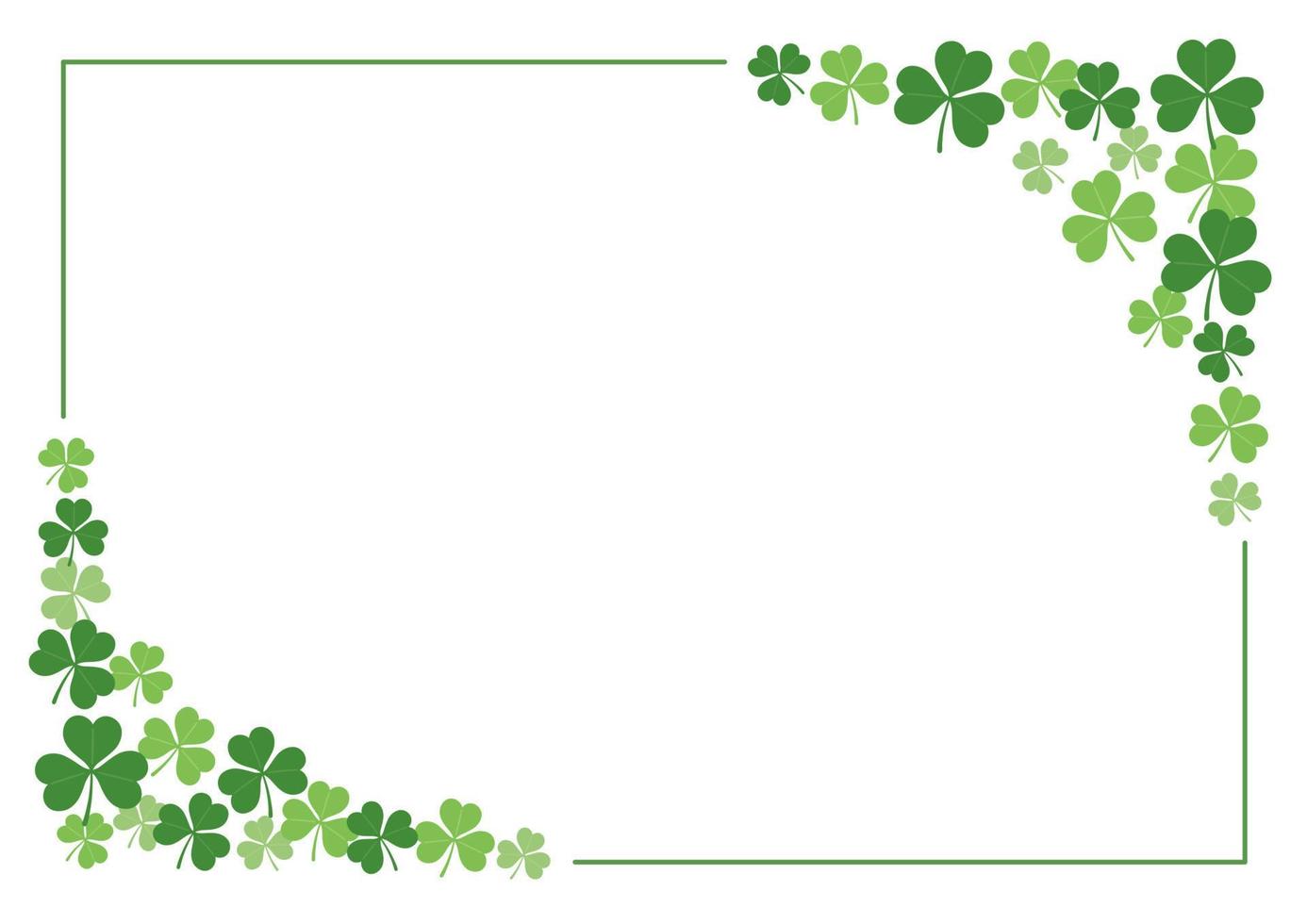 | |
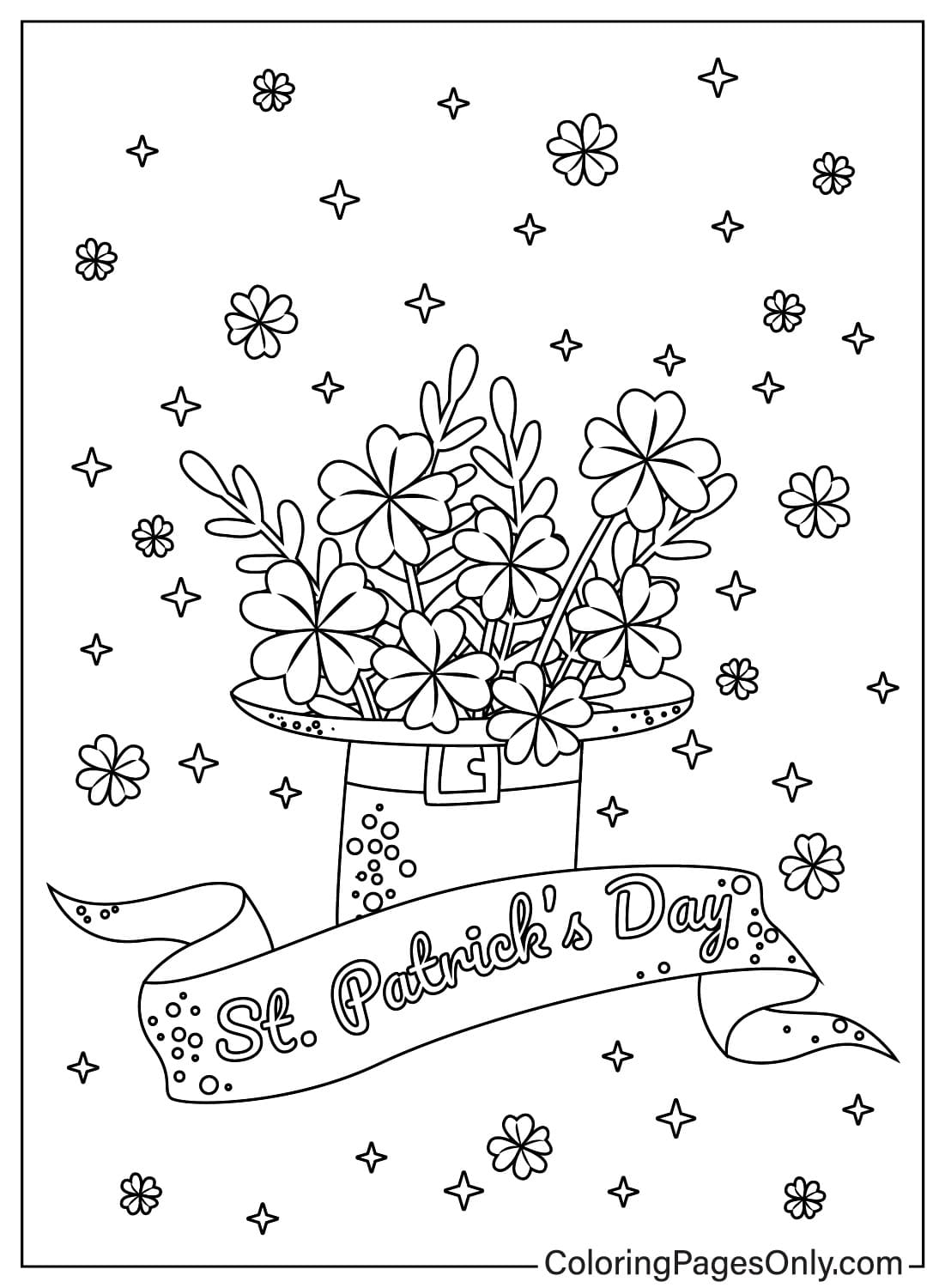 | 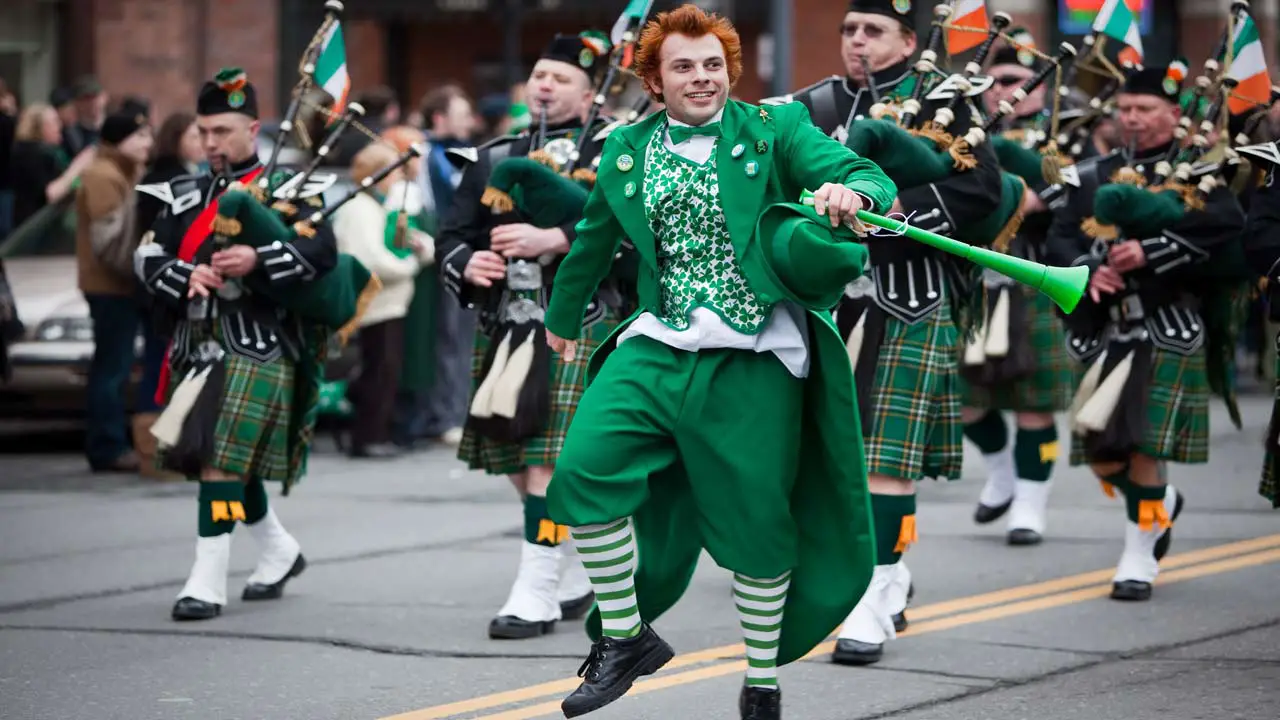 |
 |  |
Long before St. Patrick’s Day became synonymous with the color green, its namesake saint — and even Ireland as a whole — was more closely associated with various shades of blue. St. Patrick is often credited with spreading Christianity throughout Ireland, and he became known as the patron saint of the country. The earliest known depiction of the saint — found in a 13th-century French T hey say the whole world is Irish on St. Patrick's Day! Or at least, the whole world adopts a certain version of Irish culture. Every March 17, we break out our green clothing and jewelry, wear In addition to St. Patrick’s Day being represented by symbols, there are also four St. Patrick’s Day colors with special meaning this time of year. The four St. Patrick’s Day colors are green, blue, orange and white. Three of these St. Patrick’s colors are even appear as colors of the Irish flag (green, white and orange). – The original color associated with St. Patrick’s Day. St. Patrick’s Day festivities once featured azure blue, not green! This royal color has deep roots in Irish history and symbols like the flag and coats of arms often showed it off too. The original color associated with St. Patrick’s Day. St. Patrick’s original color was blue In recent years, the colors of St. Patrick’s Day have also been used in advertising and marketing campaigns, from beer to clothing brands. The Cultural Significance of St. Patrick’s Day Colors. The colors associated with St. Patrick’s Day have a deep cultural significance, representing the country’s rich heritage and traditions. St. Patrick's Day was originally linked to blue, but green became its defining color due to Ireland’s lush landscapes, the shamrock’s religious symbolism, and its role in Irish nationalism. St. Patrick’s Day was once a solemn feast day when you’d be far more likely to see the color blue. In fact, there’s even a color known as St. Patrick’s blue. To save you scrolling, you’ll find some speedy need-to-knows about the first color associated with St. Patrick’s Day below: 1. Yep, it all began with blue, not green. Although people wear green on St. Patrick’s Day, early depictions of St. Patrick show him clothed in fine blue robes. In fact, in Saul Church, which is on the site where St The Irish government didn’t recognize St. Patrick’s Day as a public holiday until 1903, and the first parade in Dublin wasn’t held until 1931. Even pubs remained closed on March 17 until 1961. What Was St. Patrick’s Day’s Original Color? Before the sea of green flooded every street and city skyline on March 17th, the original color associated with St. Patrick was a shade of light, sky-toned blue—a hue that has come to be called “St. Patrick’s Blue.” St. Patrick’s Day usually conjures images of partying, Catholicism, Irish nationalism and, perhaps most famously, the color green: green clothes, green shamrocks, green beer and green rivers. The Irish government didn’t recognize St. Patrick’s Day as a public holiday until 1903, and the first parade in Dublin wasn’t held until 1931. Even pubs remained closed on March 17 until 1961. What is the real color for St Patrick day? According to historical sources and traditions, the original color associated with St. Patrick’s Day was blue. However, over time, green became the predominant color associated with the holiday. What color was St. Patrick’s Day originally? The original color associated with St. Patrick’s Day was blue. It What is the real color for St Patrick What was St. Patrick’s original color? Patrick was first represented by the color blue. This 13th-century image of St. Patrick depicts Ireland's patron saint in a blue robe. (THE CONVERSATION) St. Patrick’s Day usually conjures images of partying, Catholicism, Irish nationalism and, perhaps most famously, the color green: green clothes, green shamrocks, green beer (THE CONVERSATION) St. Patrick’s Day usually conjures images of partying, Catholicism, Irish nationalism and, perhaps most famously, the color green: green clothes, green shamrocks, green beer St. Patrick’s Day usually conjures images of partying, Catholicism, Irish nationalism and, perhaps most famously, the color green: green clothes, green shamrocks, green beer and green rivers. Boston held its first St. Patrick’s Day parade in 1737, followed by New York City in 1762. Why do we wear green? Although blue was the color traditionally associated with St. Patrick, green is To this day, several sports teams in Ireland wear Saint Patrick’s Blue on their uniforms. Additionally, there are several pieces of artwork depicting Saint Patrick dressed in light blue robes. How Did the Color Associated With Ireland and St. Patrick’s Day Change From Blue to Green? There are a few explanations for the color change in Ireland. Boston held its first St. Patrick’s Day parade in 1737, followed by New York City in 1762. Since 1962, Chicago has colored its river green to mark the holiday. Some scholars argue that green only became associated with Ireland and St. Patrick’s Day during the Irish era.
Articles and news, personal stories, interviews with experts.
Photos from events, contest for the best costume, videos from master classes.
 |  |
 |  |
 |  |
 | |
 |  |
 |  |